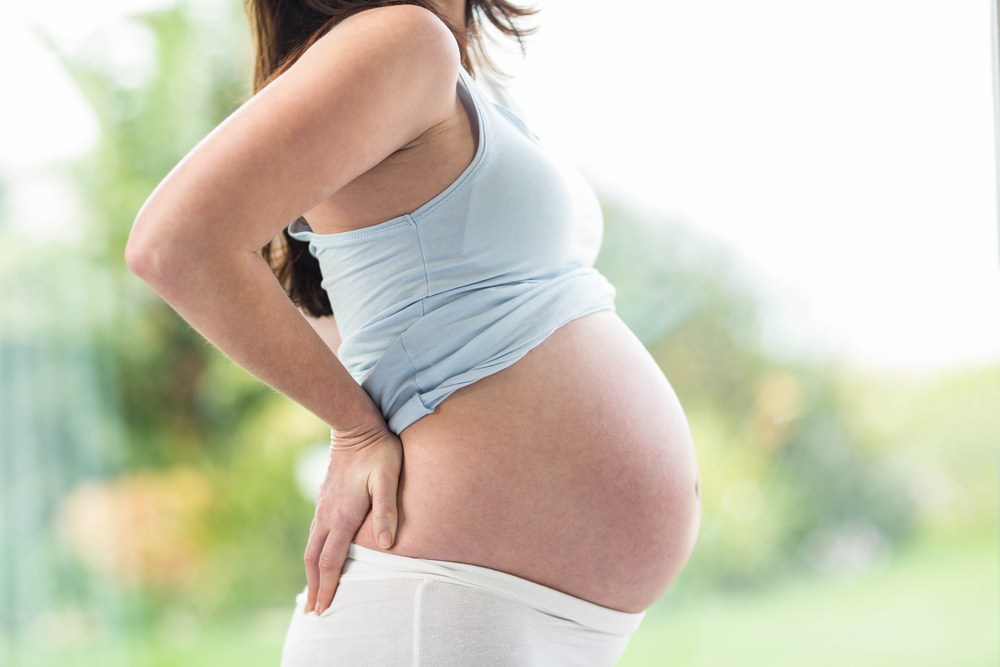Understanding Ovulation Cycle
Understanding the monthly ovulation cycle is important for every woman hoping to get pregnant. Are you suffering from irregular periods? Does your period cycle fluctuate? Does it become long or short in frequent months? If you are suffering from any of these, then this is a matter of concern.
These ovulation problems that we have just mentioned are the most common reasons for infertility in women. It is important for every woman to identify these issues in their cycle so that the physician can address them correctly and give you the correct treatment for your family planning process.
Let us understand the cycle first.
The rise and fall of levels of hormones during the month is what controls the menstrual cycle. Cycles can range anywhere from 21 to 35 or more days in adult women.
Rise and fall all of the hormone level in a month control the menstrual cycle. This cycle ranges from 21 to 35 or more days in adult women.
The menstrual cycle begins on the first day of bleeding. The uterus lining is shed for five days on an average. Several follicles like fluid-filled sacs inside the ovaries that contain eggs start to mature and develop during this time.
FSH hormone, which is the Follicle Stimulating Hormone, is responsible for developing the egg.
The level of estrogen rises and become the prime reason for the uterus lining to start building up again.
Near about two weeks into the monthly cycle, the Luteinizing Hormone level rise sharply. This results in:
- The most mature follicle present in the ovaries bursts during this time and an egg is released within 24 to 48 hours. Women mostly experience a little twinge of pain around this time in one of the ovaries.
- The level of progesterone rises to prepare the uterus lining for the embryo soon after the LH surge and ovulation.
The egg makes its way and travels into the fallopian tube from the ovary on day 15. - The egg comes in contact with sperm in case the sperm is inserted or the woman undergoes intercourse. This happens as the egg nestles at the end of the tube. In case the sperm penetrates the egg through artificial insemination or natural intercourse, fertilization occurs.
- Once the egg is fertilized, it continues its journey to the uterus during day 20. This is when it may or may not successfully get implanted in the uterine lining wall. In case the egg was not fertilized, it gets absorbed.
- After the embryo implants, it is prepared to produce the hormone hCG (Human Chorionic Gonadotropin) and begins the process of maintaining the uterus lining as the implantation process is initiated.
- As day 28 approaches, levels of hCG hormone tend to get high enough and urine pregnancy test can depict the positive result.
Understanding the ovulation cycle for every woman is important. Every woman should keep in mind that they are hormones control the menstrual cycle. Hence, it is important to keep the hormone balanced and in control. Any fluctuation in hormone might affect the entire process of ovulation. Hormonal misbalance creates hindrances in completing the ovulation cycle. Women are responsible for identifying any problems related to their ovulation cycle. A primary education on this is necessary as every girl reaches her puberty. This education usually comes from the family. However in case of the family education it is not adequate for hard to understand what her body undergoes every month, she should take advice from a specialist consultant.
Ovulation cycles can be as short as 21 days and maximum can go up to 35 days. The average time period is between 27 to 28 days. Any abnormality identified in ovulation should be reported to the doctor immediately for treatment and complete care.
